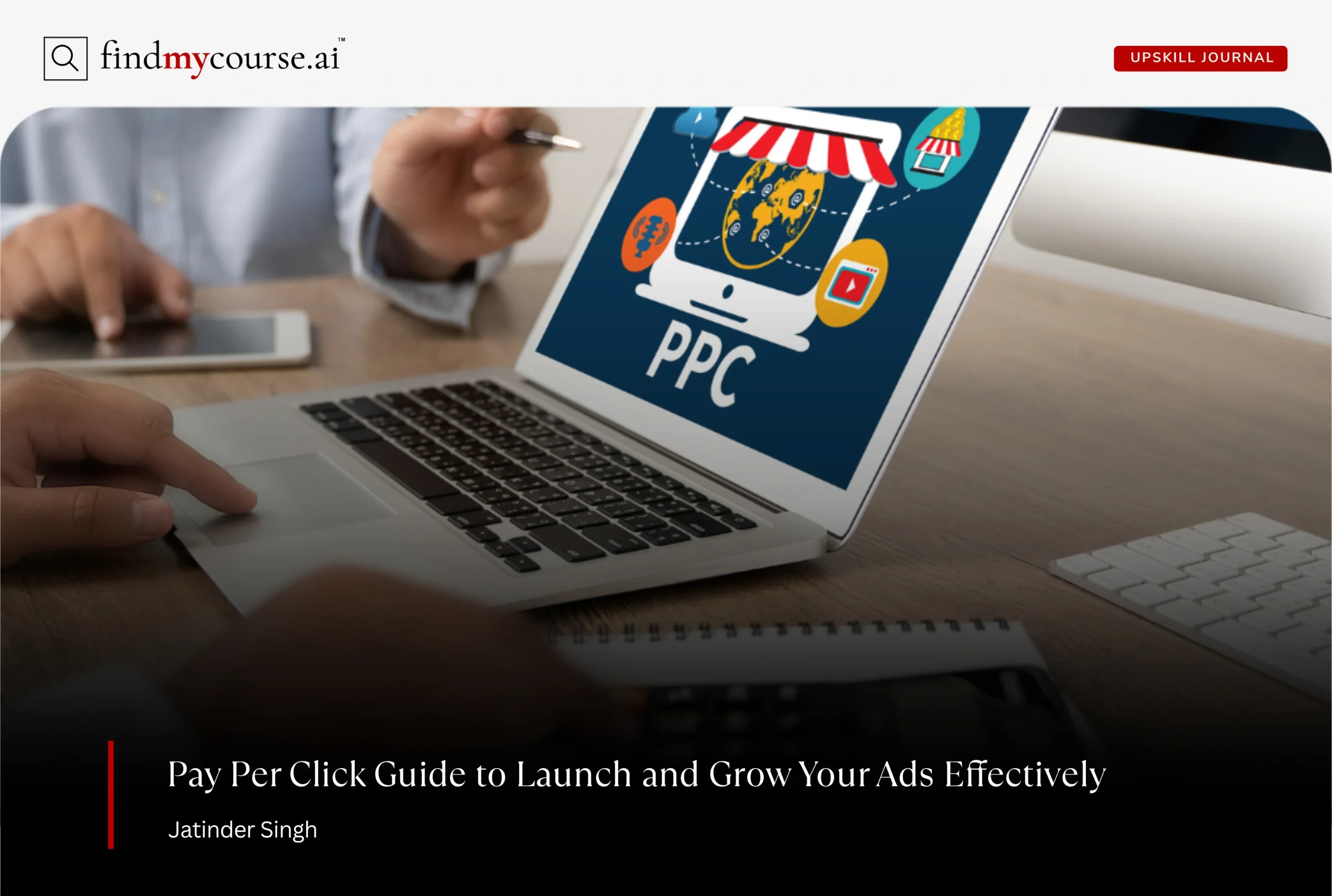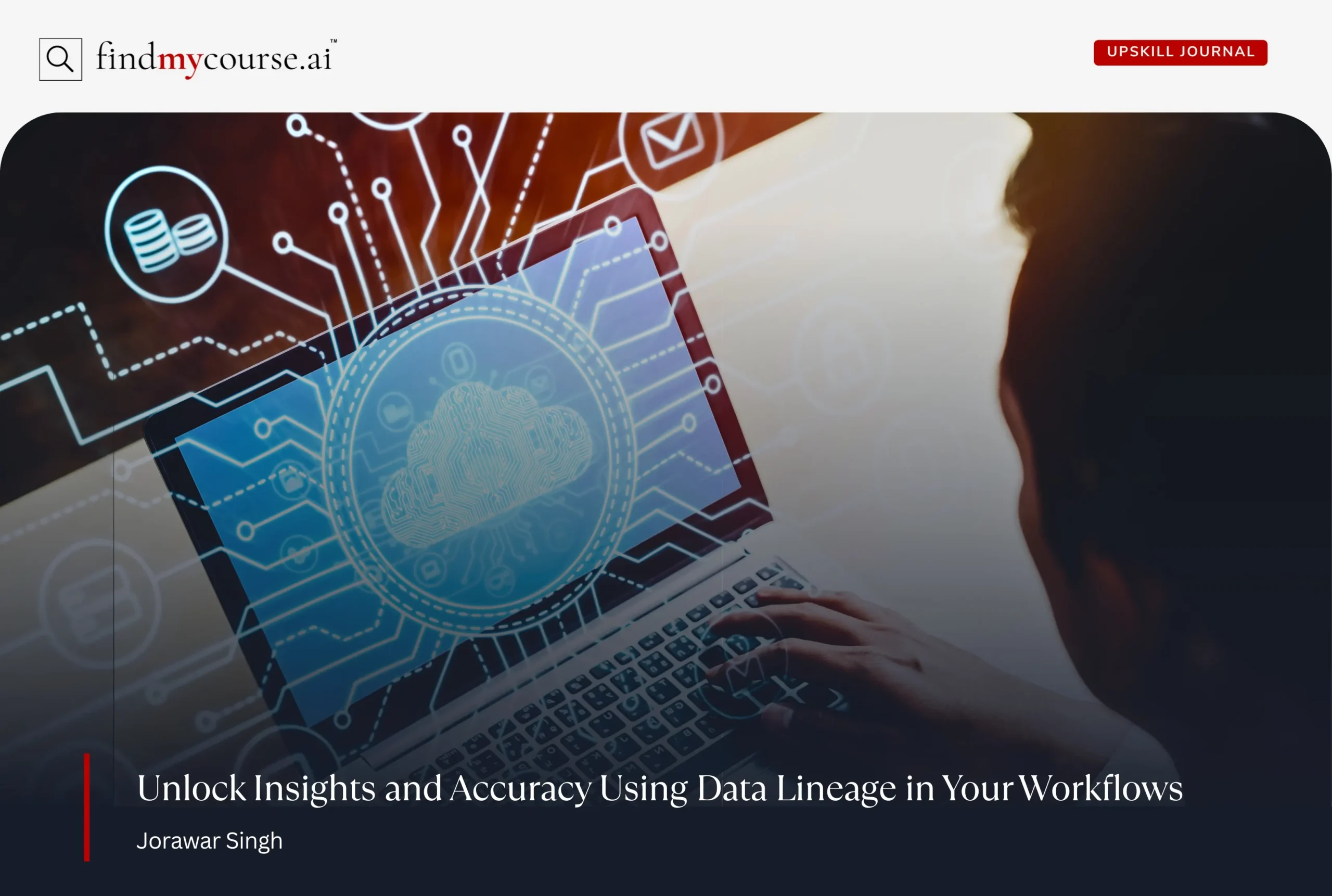In today’s digital landscape, driving targeted traffic to your website is more critical than ever. That’s where pay per click comes in—a powerful advertising model that allows businesses to reach the right audience at the right time while only paying when someone clicks on their ad. Whether you’re a marketing professional looking to upskill or a business owner aiming to boost online visibility, understanding PPC can transform how you attract leads and generate revenue.
This guide will answer what is pay per click, explain how does pay per click work, and also walk you through setting up your first pay per click campaign. By the end, you’ll have a clear, actionable roadmap to start leveraging PPC effectively in 2025.
What Is Pay‑Per‑Click Advertising?
The term pay per click advertising refers to a model where advertisers pay a fee each time one of their ads is clicked by a user. In essence, you’re “renting” visits to your website, rather than attempting to earn them organically. That’s different from SEO, where you try to earn traffic. With PPC, you bid for ad placement on search engines, social platforms, or display networks.
Search engines like Google Ads and Microsoft Advertising are among the most established platforms using this model. Social media channels such as Facebook, Instagram and LinkedIn also support PPC ads, often with advanced targeting options. One of the advantages of pay per click is accountability—you only pay when someone takes action (clicks).
The Mechanics — How Does Pay‑Per‑Click Work?
To understand how does pay per click work, let’s break it down into steps:
1. Keyword Selection & Audience Targeting
You start by choosing keywords (in search PPC) or defining audience parameters (in social PPC). Keywords represent phrases your potential customers might type into a search engine. When a user searches for that phrase, your ad becomes eligible to show.
You also layer targeting—geographic location, device (mobile or desktop), time of day, demographics, interests, and more. In 2025, platforms increasingly allow contextual and AI‑assisted targeting to compensate for privacy changes.
2. Bid & Auction
PPC systems run auctions every time an ad slot becomes available. You decide the maximum you’re willing to pay per click (your bid). But winning isn’t just about the highest bid; it also depends on your Quality Score. That quality measure considers your ad relevance, expected click-through rate, and landing page experience.
When you enter the auction, the system chooses winners and positions by comparing bid and quality. Sometimes you pay just a penny over the next highest bidder—so bidding smart matters.
3. Ad Display & Click
When your ad wins, it’s displayed either at the top or alongside organic results (in search PPC), or within feeds, stories, or sidebars (in social PPC). If a user clicks it, they are taken to your landing page. That click triggers your payment.
4. Conversion Tracking & Optimization
Click alone doesn’t guarantee success. You must track what happens next—does the visitor buy something, fill out a form, or download a resource? That’s your conversion. You measure cost per conversion, return on ad spend (ROAS), and other KPIs. Over time, you optimize: adjusting bids, refining keywords, pausing underperformers, testing new ad copy, and tweaking landing pages.
The system architecture is evolving: in 2025, many PPC platforms emphasize automation, AI bidding, and smarter attribution, especially in a cookie‑constrained world.
How to Launch Your First Pay‑Per‑Click Campaign (Beginner Roadmap)
Starting your first pay per click campaign can feel intimidating, but breaking it into manageable steps makes it easier. Here’s a streamlined roadmap:
Step 1: Define Your Goal
Decide what you want to achieve—leads, sales, downloads, or sign-ups. A clear goal guides your keywords, ad copy, and tracking.
Step 2: Choose the Right Platform
Select where your audience spends time: Google Ads for search, Meta Ads for social, or LinkedIn for B2B. Start with one platform to keep it manageable.
Step 3: Research Keywords or Audiences
Pick high-intent keywords for search campaigns, or define target demographics and interests for social campaigns. Focus on relevance and conversion potential.
Step 4: Set Budget and Bidding Strategy
Start with a modest budget. Choose manual bidding for control or automated bidding for AI-driven optimization.
Step 5: Create Ads and Landing Pages
Write multiple ad variations with clear calls-to-action, and design landing pages that match the ad’s promise. Fast-loading, relevant pages improve conversions and reduce costs.
Step 6: Track Conversions
Set up tracking to monitor actions like form submissions or purchases. This data will guide future optimizations.
Step 7: Launch and Monitor
Start the campaign and monitor closely for unusual activity, low engagement, or high costs. Adjust quickly to prevent wasted spend.
Step 8: Optimize and Iterate
Review performance metrics regularly. Pause underperforming ads, reallocate budget, and test new copy, visuals, or keywords. Over time, refine your approach and scale successful elements.
By following these steps, you can launch your first PPC campaign confidently, learn from real data, and gradually improve results. In 2025, combining human insight with AI tools ensures smarter, more efficient campaigns.
Common PPC Mistakes and How to Avoid Them
Even experienced marketers can make errors in PPC campaigns. Being aware of common mistakes helps you optimize faster and avoid wasted spend:
| Common PPC Mistake | Impact | How to Avoid It |
| Ignoring Negative Keywords | Ads show for irrelevant searches, wasting budget | Regularly review search terms and add negative keywords to exclude unwanted traffic |
| Overlooking Ad Copy Testing | Limited insights, lower engagement | Test multiple headlines, descriptions, and calls-to-action to find top performers |
| Neglecting Landing Page Alignment | High bounce rates, poor conversion rates | Ensure landing pages match ad promise, load quickly, and are persuasive |
| Setting and Forgetting Campaigns | Missed optimization opportunities, wasted spend | Monitor campaigns daily or weekly; adjust bids, pause underperformers, refine targeting |
| Ignoring Conversion Tracking | No data on ROI, hard to optimize | Implement conversion tracking from day one to measure actual results |
| Bidding Too High or Too Low | Overspending or low visibility | Use smart bid strategies or automated bidding to balance cost and ad placement |
By being mindful of these pitfalls, you can run more efficient campaigns, maximize ROI, and accelerate your learning curve in PPC.
Final Thoughts
Effective PPC is built on relevance, precision, and constant optimization. It’s not just about winning clicks, but converting them into leads or sales. Avoid wasting budget on broad targeting or weak landing pages, test ad variations rigorously, and use data to guide every decision. With these practices, PPC becomes a predictable, scalable way to grow traffic and revenue—turning every campaign into a learning opportunity and a measurable step toward business growth in 2025. And if you have questions or need guidance to get started, just ask our AI assistant.


